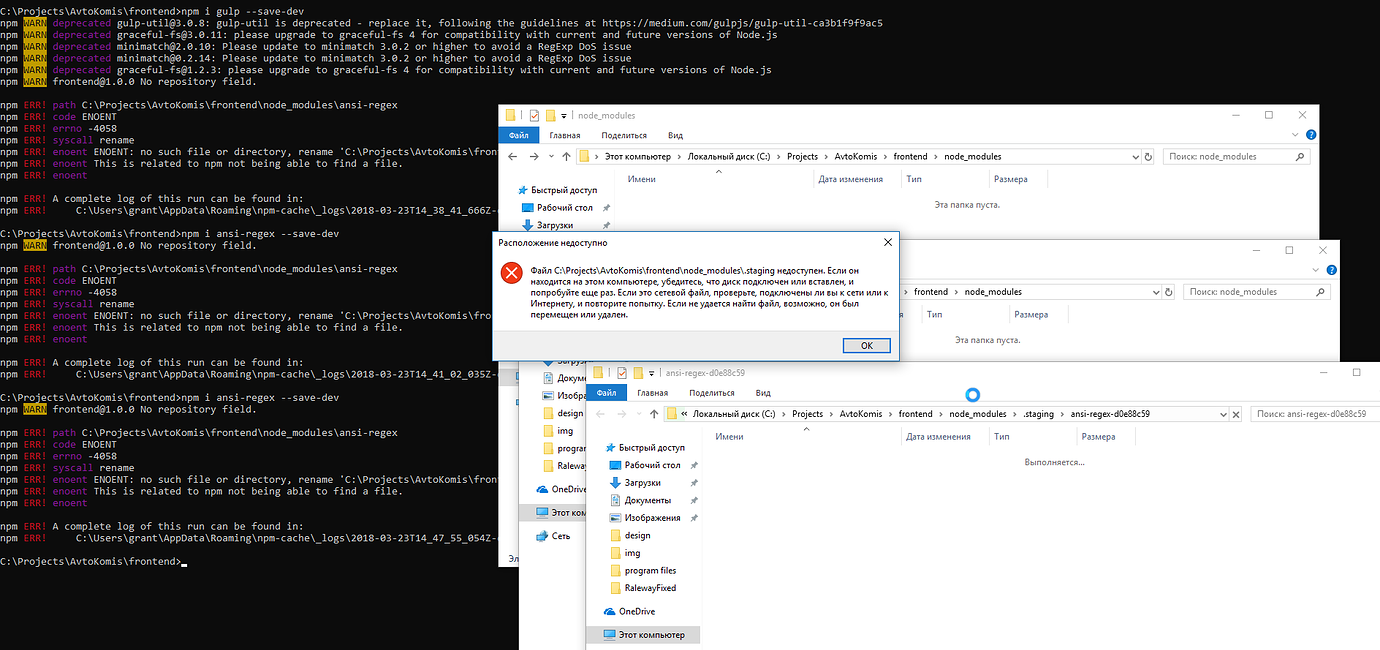

Var ee = Initialize client library and run analysis.Ĭonsole.error('Initialization error: ' + e) Įe.data.Feel like you have a pretty good idea of what a package manager is? We’ve certainly covered a lot of ground getting familiar with all the terms and concepts of package managers, but I’d say it’s high time we actually do something with our newfound knowledge. These users must already be authorized to access EarthĮngine, and must have permission to read the assets used by your application.Ģ.0 Client ID, authenticate as shown below: With client-side authentication in a web browser, users of your application log in with Web apps may use either approach, with pros and cons discussedīelow.

For server-side authentication in Node.js, serviceĪccounts are recommended. Npm uninstall -save removes from the current project, butĭoes not affect any projects in other directories on the same machine.Ĭreate a Cloud Project and activate the Earth Engine APIįollow these instructions to create a CloudĮarth Engine APIs use the OAuth 2.0 protocol forĪuthenticating browser-based clients. To uninstall using the npm package manager, run the following command: Use npm to update the client library to the latest version. Within your application code, require the Earth Engine API: Projects, install the client in the same way. Npm install -save installed, the client library is placed within the current The client library can be installed from npm with the following command: Verify that you have Node.js 6+ and npm 3+. User interface features such as buttons, panels, and charts are excluded. The JavaScript client library does not include allįunctionality of the Earth Engine Code Editor. Install the client library and its dependencies

The Earth Engine JavaScript API you'll need to Instructions give an overview of installing the Google Earth Engine JavaScript API. Keep your client library up to date by running: npm update Earth Engine JavaScript API is distributed as an


 0 kommentar(er)
0 kommentar(er)
